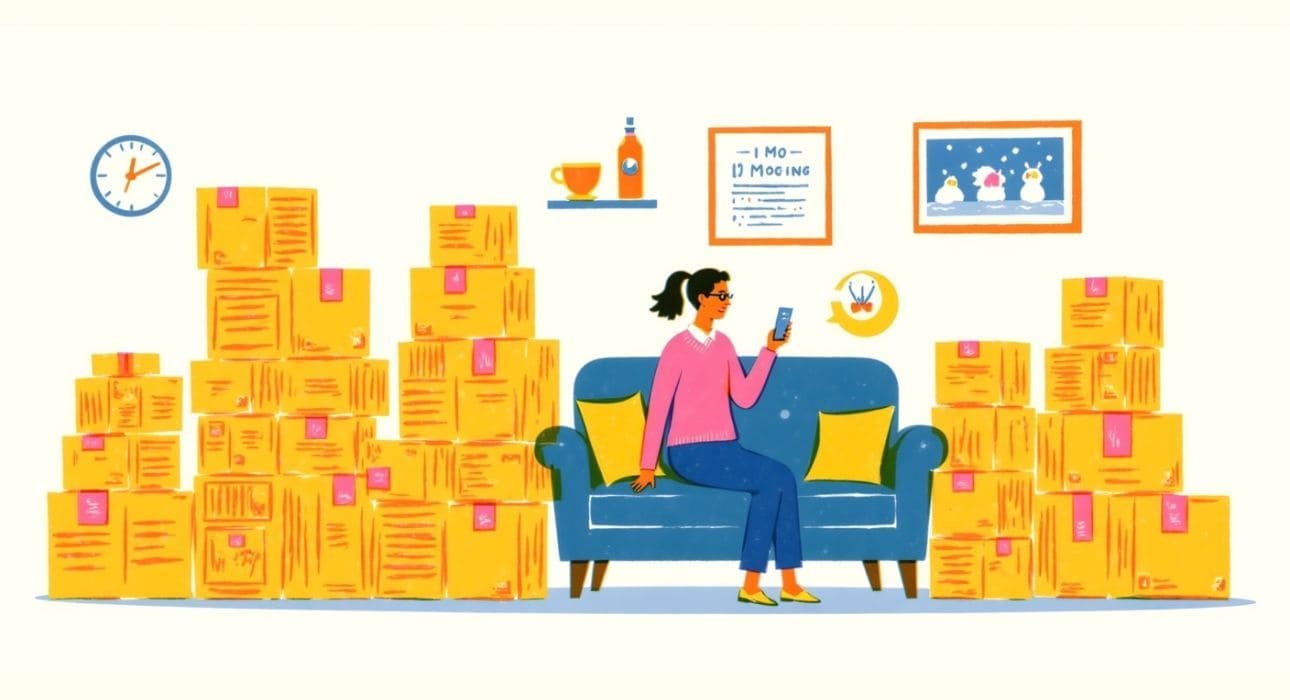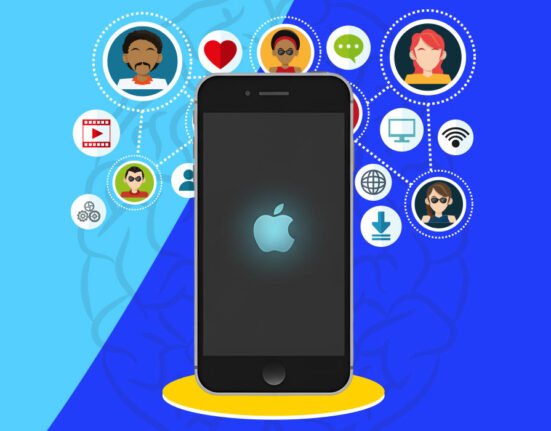Instant shopping, also formally known as ‘quick commerce’, has become the new norm of shopping. Online shopping or electronic shopping (e-shopping) has been developing since the 1990s (Chang et al., 2004), but instant shopping is a relatively newer concept that is on the rise. Instant shopping has seen a rapid surge post the COVID-19 pandemic. Characterised by high speed, convenience, and efficiency, this market is growing rapidly.
Everyone seems to be using some sort of instant shopping app these days. From grocery shopping through Blinkit and Zepto to ordering food from any restaurant through Swiggy and Zomato, quick commerce has a hold on the Indian population. With its swift pace, convenient use, and ease of operation, it has highly influenced modern-day shopping behaviour. While on one hand, discounts and offers attract a lot of users, the repeated use of these platforms is driven by the standardised experience and consistent service quality.
How does Instant Shopping Work and why?
Instant shopping or quick commerce is based on the idea of delivering goods at a very high speed, typically within an hour or less. It mainly focuses on serving the consumer’s minor needs and convenience-based orders like groceries, daily necessities, and snacks. The reasons why people continually use quick commerce are that people believe these platforms to be easy to use, convenient, efficient, offering fast delivery, and having a variety of options. There are multiple reasons behind how and why instant shopping has seen such a rise, some of them are:
1. Target Population
The majority of the customer base includes metropolises, young professionals, and technologically adept consumers who prioritise convenience and efficiency in their shopping experiences. Either because of their busy daily lives or to save time. Thus, a majority of the orders do come from metro 1 cities.
2. Anticipating Demands
These platforms use advanced technology and analytical tools to monitor demand trends. Therefore, predict the consumers’ needs and show products on the application accordingly. This leads to the customer adding it to the cart without giving much thought, and hence increasing the sales.
3. Hyperlocal Supplies
Quick commerce platforms have these micro-fulfilment centres, also known as dark stores, located in high-demand areas. These are essentially local hubs or warehouses where orders are distributed. These allow the platforms to have a robust order management system and a seamless workflow. Where different people have different roles, and they all work in a systematic flow, allowing for quick and efficient delivery.
4. Optimised Logistics
Further, these platforms use a huge fleet of drivers to ensure timely and convenient delivery. They also have huge stocks of products according to their anticipated demands to ensure the consumers’ standardised experiences, which may often in turn act as an advertisement for them, thereby reinforcing use.
5. Instant Gratification
By getting their things delivered quickly and efficiently, consumers feel instantly happy and relieved of the stress that may arise without the procurement of the products. This instant gratification also creates a future expectation-fulfilment idea in the consumers’ minds, in the sense that they know that they have someone or something to rely on in the future if ever needed.
Read More: The Psychology Behind Shopping Addiction
Drawbacks of Instant Shopping
One of the major drawbacks of instant shopping is that local businesses suffer. Traditional retail has been reduced because of quick commerce. Reducing the footfall at local Kirana stores. Because of the pricing competition, these local businesses sometimes aren’t even able to compete with the discounts and offers that the instant shopping platforms have to offer. A technology gap prevents local Kirana stores from using advanced tools to manage inventory and logistics like quick commerce platforms.
Another drawback is impulse buying. By anticipating needs and showcasing products, quick commerce often prompts consumers to add items they don’t truly need. This constant exposure and instant access can train the brain to prioritise short-term desires over long-term planning. This also has implications on the individual’s executive functioning, i.e., higher-order cognitive processes like planning, working memory, etc. Quick commerce or instant shopping essentially reduces the value of obtaining items at a later time. It doesn’t allow one to control their behaviour to achieve long-term goals; rather focuses on achieving short-term goals. Hence, creating a reliance on the instant solutions offered by these platforms.
How is Instant Shopping Disrupting Our Planning Ability?
By providing speed and instant gratification, instant shopping can impact our planning abilities negatively. This instant service by quick commerce can create a reliance on easy and immediate solutions, decreasing our ability to plan for groceries, meals or other essentials. This shift in consumer behaviour can lead to less consideration for budgeting and overall long-term planning.
The availability of last-minute options reduces the need to plan by reinforcing last-minute decisions over systematic planning. This reduces patience and diminishes long-term planning. Instant shopping can also lead to impulse buying, which in turn impacts the budget and may also increase food waste. The constant availability of instant shopping encourages overbuying, weakening self-control and thoughtful decision-making.
Conclusion
The Advent of Instant shopping has transformed the way one used to shop. Instant shopping can impact our lives in several ways. Though it comes with its benefits, like speed, convenience, and efficiency, it may not be all rainbows. Instant shopping focuses on short-term convenience and therefore reduces one’s ability to plan and budget accordingly. Whether Instant Shopping is just a modern-day convenience or a necessity is something worth discussing.
FAQs
1. What is Instant Shopping?
Instant shopping is a new retail model that delivers goods to consumers within a short time frame, less than an hour. It is a growing market characterised by high speed, convenience, and efficiency.
2. Drawbacks of Instant Shopping?
Instant shopping has disrupted traditional retail by reducing foot traffic to Kirana stores, due to price competition and lack of technological resources, as well as because of the consumer’s preference for speed and convenience. It also encourages impulse buying by promoting products people don’t necessarily need. Over time, this undermines long-term planning and weakens executive functions like self-control and delayed gratification.
3. How does Instant Shopping disrupt planning ability?
By emphasising speed and instant gratification, instant shopping or quick commerce can negatively impact planning abilities, by creating a reliance on immediate solutions and potentially decreasing the ability to plan.
References +
- Brusch, I., & Rappel, N. (2019). Exploring the acceptance of instant shopping – An empirical Analysis of the determinants of user intention. Journal of Retailing and Consumer Services, 54, 101936. https://doi.org/10.1016/j.jretconser.2019.101936
- Chang, M. K., Cheung, W., & Lai, V. S. (2004a). Literature-derived reference models for the adoption of online shopping. Information & Management, 42(4), 543–559. https://doi.org/10.1016/j.im.2004.02.006
- Chang, M. K., Cheung, W., & Lai, V. S. (2004b). Literature-derived reference models for the adoption of online shopping. Information & Management, 42(4), 543-559. https://doi.org/10.1016/j.im.2004.02.006
- Singh, R., & Tomar, V. (2024). A STUDY OF THE INFLUENCE OF QUICK COMMERCE ON CONSUMER PURCHASE DECISIONS AND SATISFACTION IN THANE CITY. ResearchGate. https://www.researchgate.net/publication/386275630_A_STUDY_OF_THE_INFLUENCE_OF_QUICK_COMMERCE_ON_CONSUMER_PURCHASE_DECISIONS_AND_SATISFACTION_IN_THANE_CITY













Leave feedback about this